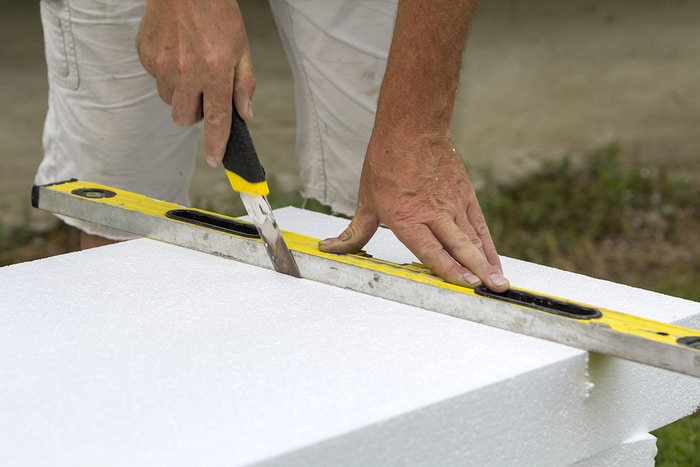If you’re trying to figure out whether to use a polyurethane or pure polyurea coating on your substrate, the answer can be complex. Here, we’ll break down the composition, characteristics, application methods, and common uses of both materials to help you make a more informed decision.

Composition
Polyurethane is a string of repeating monomers containing hydrogen, carbon, nitrogen, and oxygen linked together by the polymerization process to form a polymer. The polymer is then introduced to an alcohol catalyst containing hydroxyls and isocyanates, to become a polyisocyanate called polyurethane, the result of an exothermic reaction. This reaction often (though not always) makes the final product to be used. If you want to learn more about polymers, visit Polymer Chemistry Innovations where you will find everything you need to know
Polyurea, discovered in the 1980s, is an elastomer (polyisocyanate with inherent viscoelasticity) formed by an added catalyst reaction (in some cases, with a polyaspartic ester) that happens while the product is being applied. Therefore it may produce an exothermic reaction on the substrate while it cures. In this case, the final product is not formed until the application process, as opposed to many kinds of polyurethane used in the industry.
Application
Polyurethane. While some polyurethane products can be stabilized to have a shelf life, they can also be used in two-part application processes as well, but polyurethanes tend to have a more manageable cure time. This gives contractors time to get the material in place and adjusted as necessary, and some formulations can have thixotropic additives. Certain kinds of polyurethane can be applied using simple or manual systems, though more complex products like spray-foam insulation need specialized equipment.
Polyurea. In some cases, curing happens in seconds as the material is being sprayed onto the substrate, which can be beneficial in certain situations as a repair coating. Some polyaspartic systems extend the cure times and provide good wetting-out, making these polyurea systems excellent coating candidates, though specialized spray and reactor equipment can be required.
Characteristics
Polyurethane is a manufacturing chameleon and can be used to form a variety of rigid or elastic foams, coatings, and materials, depending on the additives and processes used. When used as a coating, polyurethane has a much longer cure time and can occasionally discolor or become cloudy over time without proper additives, and it doesn’t display the same level of durability and abrasion resistance as polyurea.
Polyurea starts out as an elastomer and can retain its elastomeric properties after application, again depending on additives and processes used. This can give a polyurea system superior abrasion, corrosion, and bonding properties compared to other materials. Certain formulas also exhibit excellent UV resistance without long-term discoloration.
Uses
Polyurethane is often used to make mattress foam, insulation, and hardened protective coatings, polyurethane is one of the most popular polyols in modern industry. You can find it in shoes, housing, furniture, cars, and more.
Polyurea’s inherent properties make it an ideal candidate for durable, beautiful coatings that stand up to some of the most punishing conditions, including marine and industrial environments. It remains clear under UV light and manages damp environments, making it an attractive coating for floors and other building surfaces like countertops.
The invention of chemical polymers has opened up new worlds of possibility in manufacturing, and with the recent addition of polyurea to the lineup, the capability of these materials will continue to expand. New additives and application methods are constantly being developed, and new industrial needs are being met or exceeded as the formulations evolve.
Manufacturers provide a wealth of training on the systems, substrate compatibility and preparation, and application equipment, so don’t be intimidated by the apparent complexity of any particular system.
